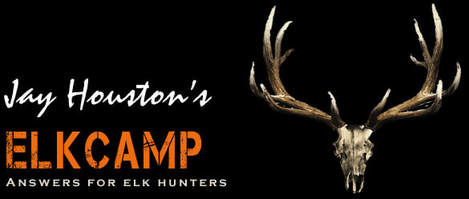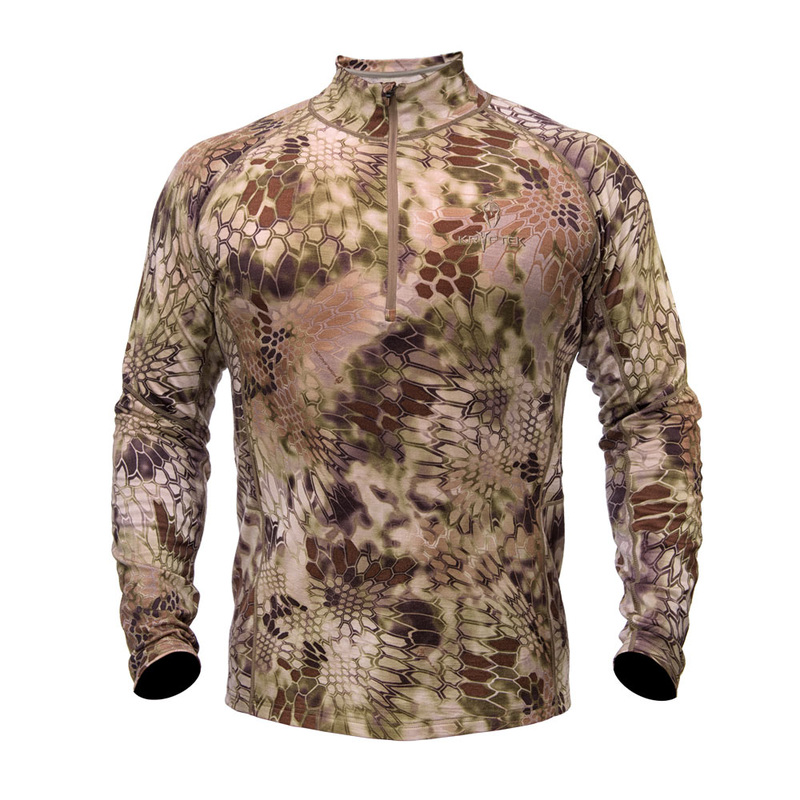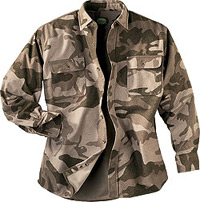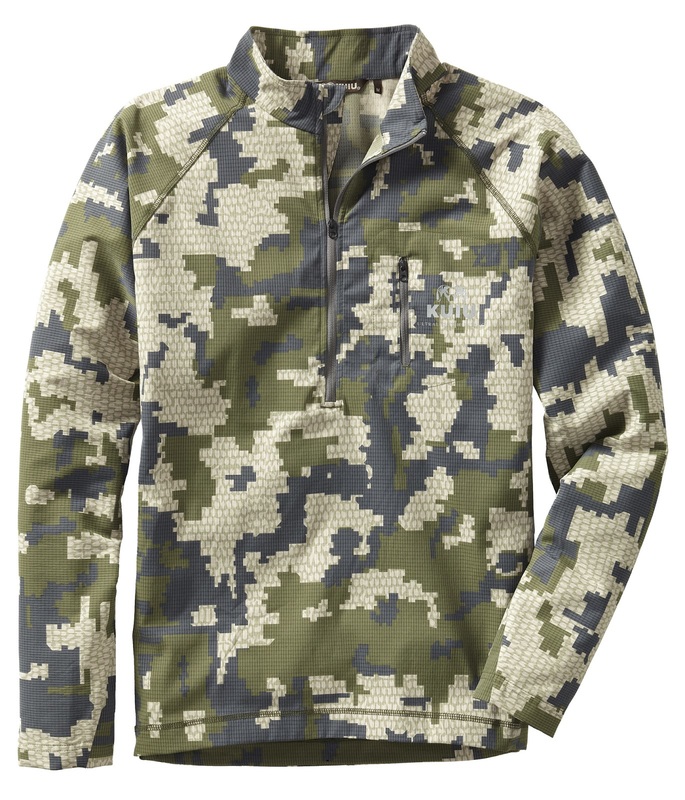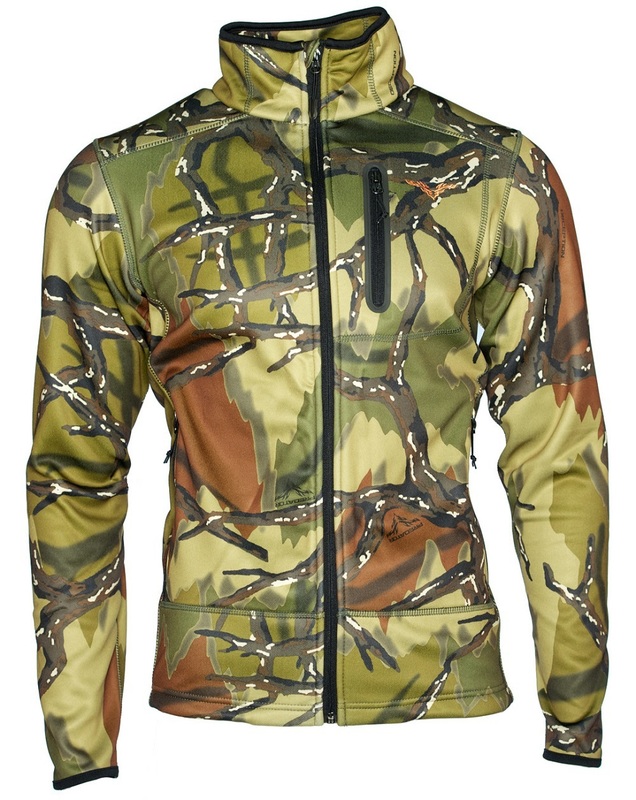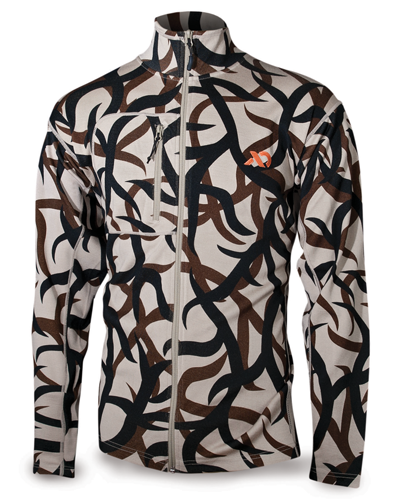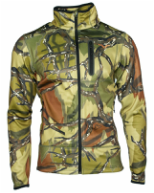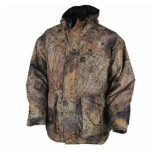Effective Camouflage Can Make A Difference
|
Bowhunters have long acknowledged the inestimable value of wearing effective camouflage when seeking to gain an advantage in pursuit of Wapiti. It has only been in the past ten years or so however, that significant numbers of hunters in the rifle hunting community have come to acknowledge this same truth. For years rifle hunters argued that since their shots would likely occur at long range, there was no need to go to the trouble and expense of buying camo hunting gear. As many shot opportunities go during rifle season, I might agree with this argument were it not for those times, and we all know of them, when a fine bull or cow has popped up close and silent, catching the hunter “with his britches down” so-to-speak, with little cover in which to conceal his movement while he prepared for the shot. As a result there stands the hunter, a big vertical solid mass that looks and smells in every way to the elk…like a human. The elk’s reaction…swap ends and exit the country…now!
On rare occasions I have personally heard a few long-time western rifle hunters say something to the effect of, “I don’t need camo to kill an elk.” Well, I agree, you don’t. I have yet to witness or hear of the first elk to be brought to ground by a set of camouflage. I do know that all else being equal those elk hunters who choose to don camo appropriate for the season and surroundings are much more likely to sneak up on and whack a nice branch-antlered bull or a plump cow than those who do not. Let’s take a look at a few thoughts and some recent research that supports the argument that good camouflage can make all the difference between success and failure on your next elk hunt. The purpose of camouflage is to break up the human outline and allow the hunter to become visually indistinguishable from his surroundings. In the course of any hunt we may encounter a variety of environments so we need to ensure that our camo doesn’t create a problem rather than solve one. For example, if you are hunting above timberline on a rocky or grass covered slope while wearing a dark forest type camo pattern, you will stand out from the background rather than blending into it. Conversely you will encounter a similar problem while hunting dark timber in a light colored pattern. So what is the solution? Consider two sets of camo. I typically carry one of each to elk camp, a dark set for black timber and a very generic lighter set for hunting open ground, because I do not know from day to day what type of ground I will be hunting. Some of you are bound to ask; do I come back to camp and change during the day or carry the other set in my day pack? Well I have been accused of being a bit on the anal retentive side, but I’m not that anal. In most cases I do not go to this extreme unless I find myself back in camp for other reasons. When its time to purchase that next set of camo, consider the type of terrain and cover that is predominant in the areas that you hunt. If you hunt higher elevations where the elk are often found during pre-rut and the rut, you may find that you are hunting above timberline a lot and need a pattern that works well in the open and on rocky slopes. In this environment patterns that resemble hardwoods, or marshes could even work against you. What you will need is an open pattern of generic shapes that includes a mixture of muted shades of gray and green to help you blend in more with sage, cactus, and rocks. Late morning and midday when the elk have moved out of their feeding areas and back into the black timber to bed down can be, in my opinion, some of the most productive times to hunt. Rather than being on the move from one area to another, elk are more sedentary during these midday hours as they rest and digest. When hunting densely forested areas and blow downs, you will want to consider using a darker more 3-D camo pattern that blends in well in a pine type environment that is dominated by shadows and deadfalls. Patterns that have proven to work well in elk country include:
|
